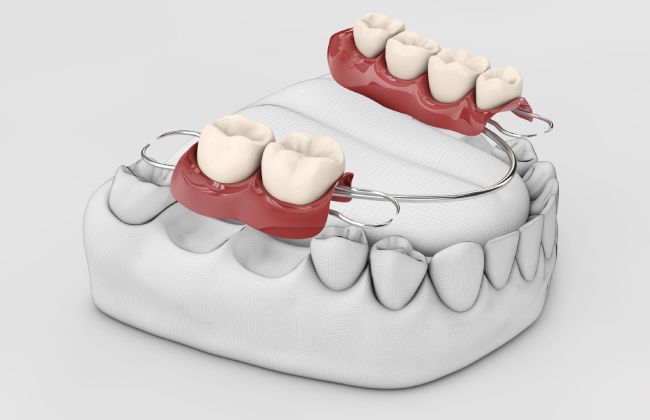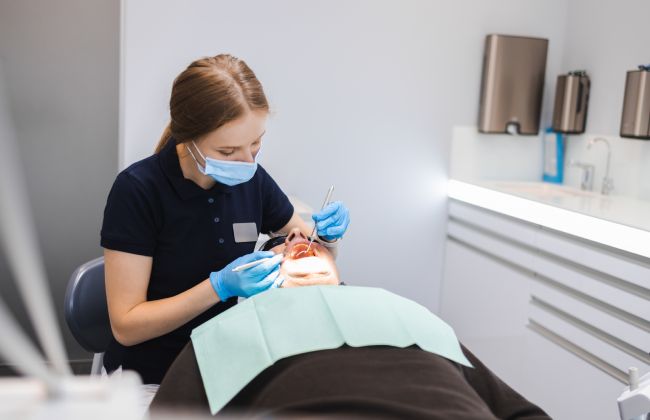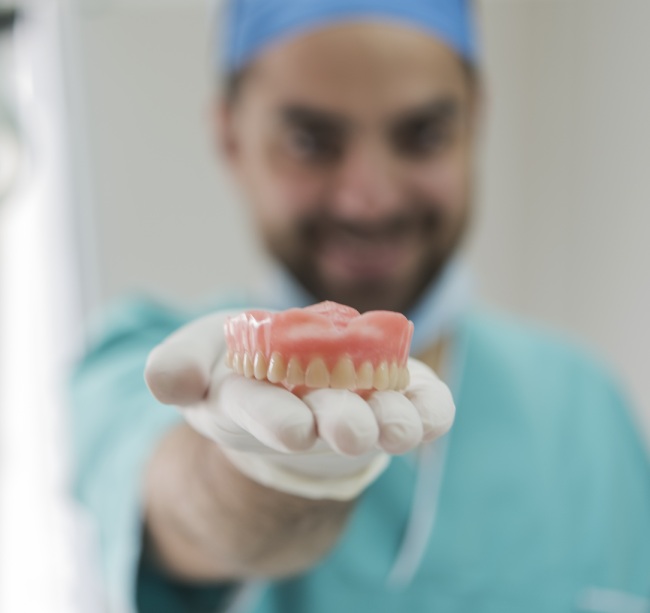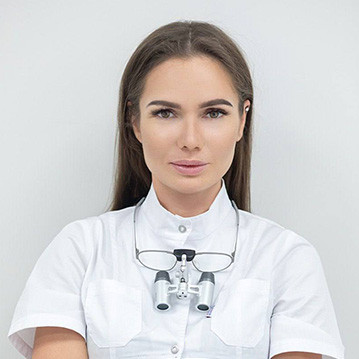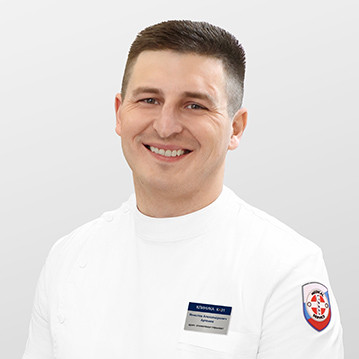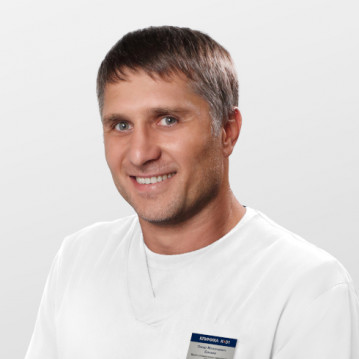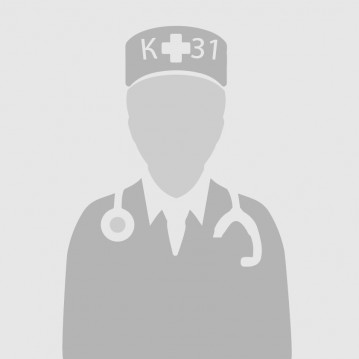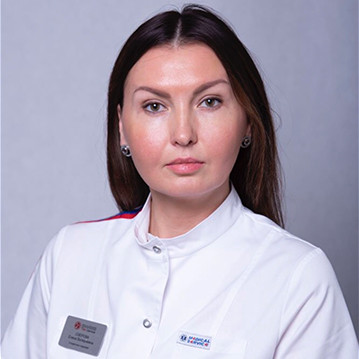Partial dental prosthetics

specialists

equipment

treatment
Types of partial dentures
In the field of dentistry, partial dentures are a key procedure for restoring lost teeth. This technique is divided into removable and non-removable structures, each of which plays an important role in preserving the structure of the dentition and maintaining chewing and speech functions.
The choice of the type of prosthesis depends on the condition of the patient’s dentition and the dentist’s recommendations.
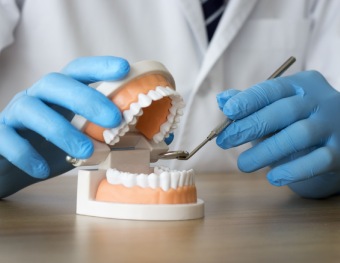
Fixed and partially removable options include:
- Single crowns Partially destroyed teeth are restored, sometimes using a stump inlay on a pin.
- Plate structures Suitable for replacing several adjacent teeth, they are made of plastic and secured with clasps.
- Bridges They help replace one or more teeth and are attached to adjacent teeth using different methods.
- Immediate dentures Temporary devices are fixed to adjacent teeth and gums.
- Cantilever bits Bridges rest on one healthy tooth.
- Bügeli High-tech arc structures with a metal base.
- Implants They consist of a screw implanted into the bone and a crown that imitates natural teeth.
- Nylon Lightweight polyamide options are held on the gum in toothless areas.
Limitations for partial dentures
Absolute contraindications
Partial dentures are not always possible. There are certain absolute contraindications in which the installation of partial removable dentures is unacceptable:
- Chronic diseases of the heart, vascular, immune and skeletal systems, as well as endocrine disorders, especially during periods of exacerbation
- Mental disorders
- Blood diseases
- Allergic reaction to anesthetics
Relative (local) contraindications
- Periodontitis
- Presence of inflammatory processes in the oral cavity
- Improper bite
- Poor oral health
- Bruxism (involuntary grinding of teeth)
Temporary contraindications
- Pregnancy
- Rehabilitation period after serious illnesses - you must wait for the body to fully recover
- Infectious processes in the oral cavity
It is important to consider all these factors to ensure both the effectiveness of the procedure and safety for the patient’s health.
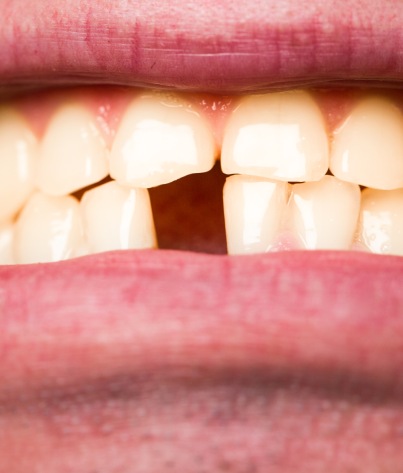
Indications for the use of partial dentures include:
- Lack of one or more teeth
- Complete loss of teeth on one of the jaws
- Inability to use clasp or bridge options
- Medical restrictions for implantation
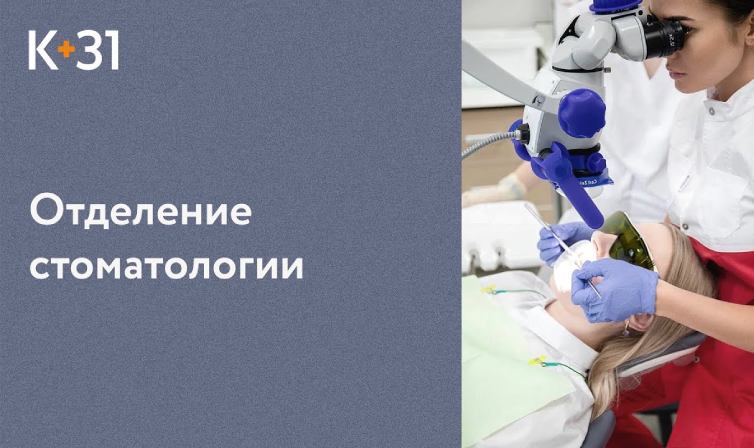
Modern methods of diagnostics and dental treatment at "K+31"
Our doctors

This award is given to clinics with the highest ratings according to user ratings, a large number of requests from this site, and in the absence of critical violations.

This award is given to clinics with the highest ratings according to user ratings. It means that the place is known, loved, and definitely worth visiting.

The ProDoctors portal collected 500 thousand reviews, compiled a rating of doctors based on them and awarded the best. We are proud that our doctors are among those awarded.
Make an appointment at a convenient time on the nearest date
Price
Types of removable dentures
Dentures can be made and installed on the same day you visit the doctor. Depending on the patient’s situation, dentists offer several types of removable options.
The choice depends on the specific needs of the patient and the characteristics of the clinical case. It is important to consider both functional characteristics and aesthetic preferences.
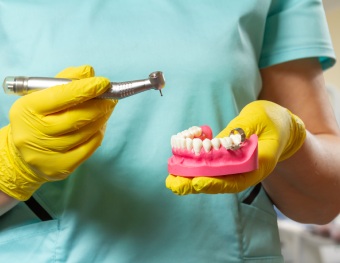
Types of removable dentures:
- Lamellar They are made of plastic of varying degrees of hardness. They provide a secure fit and promote comfortable chewing and talking. Soft plate ones are more comfortable, but more expensive. They are easy to care for, although they can affect taste and diction.
- Clasp They are characterized by the presence of a metal arch to which the teeth are attached. They are easy to use and reliable. Does not affect taste and speech. Fixation is carried out using various elements, but this can increase the load on the supporting teeth.
- Nylon Made from translucent nylon, they create a natural appearance in the mouth. They are fixed using nylon clasps without treating the supporting teeth. They are comfortable and almost invisible, but their elasticity can make chewing difficult.
- Small cosmetic Used to replace up to three teeth. They have a unique shape, but are not durable and often serve as a temporary solution.
The process of partial dentures
Partial dentures are a multi-step process that requires collaboration between the orthodontist and dental technician. The orthodontist is responsible for the clinical part, assessing the condition of the teeth and choosing a restoration method, while the dental technician prepares the prosthesis in the laboratory.
Stages of partial prosthetics of anterior teeth:
Important! Over time, due to changes in the structure of the bone and gums, the prosthesis may require correction and the addition of polymer layers.
Caring for a Removable Partial Denture
Despite its strength and ability to withstand chewing loads, it requires careful handling. The risk of damage increases with impacts, compression or falls, which may cause it to crack or break.
Basics of care
- Regular cleaning. The denture should be rinsed after each meal to avoid the accumulation of food debris.
- Proper storage. Most structures require storage in water or specialized solutions to prevent their deformation. It is necessary to use a container filled with clean water or a pharmaceutical solution, ensuring complete immersion. The use of hot water for washing is strictly prohibited, as this may cause the product to lose its shape.
What happens if you don't follow hygiene rules?
Failure to comply with hygiene rules and improper storage can lead to the following problems:
- Inflammation of the gums and jaw bones
- Development of stomatitis, periodontitis, gingivitis
- The appearance of caries on neighboring teeth
- Bad breath
- Loss of taste
Also, the accumulation of plaque and the proliferation of pathogenic bacteria on the prosthesis can negatively affect the condition of neighboring teeth and lead to their loss. Therefore, consistent care is key to not only maintaining its functionality, but also maintaining overall oral health.
Reviews 10

Callback request
Services
Orthopedic dentistry
Orthodontics Treatment of periodontitis Children's dentistry 3D scanning Children's dental treatment Сaries treatment Consultation of a dentist orthopedic prosthetist




